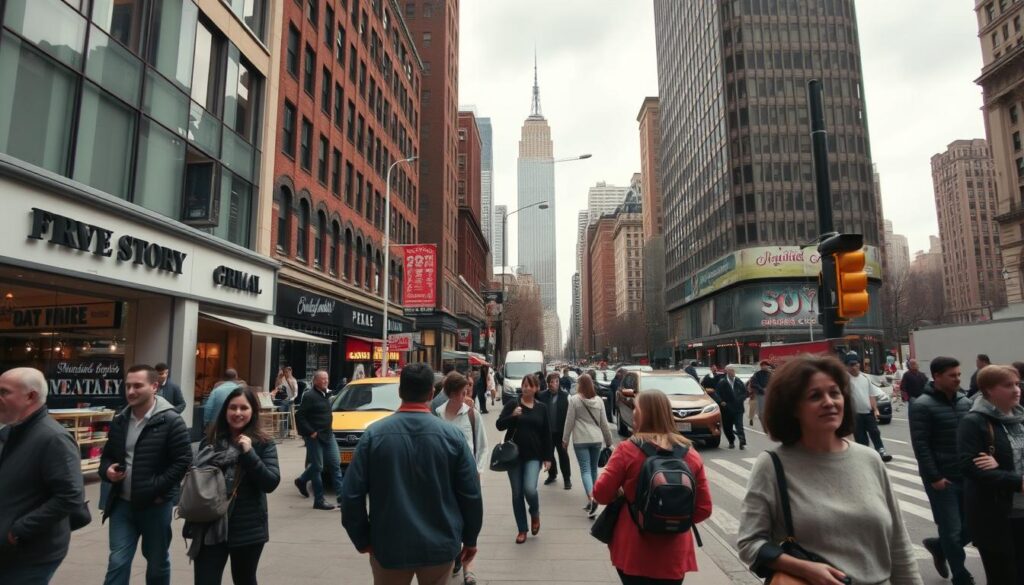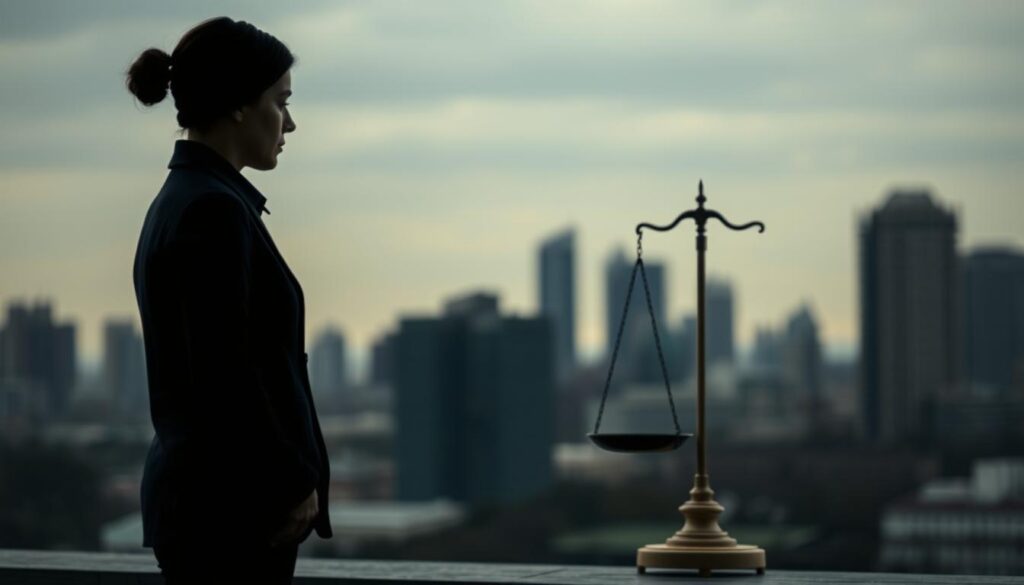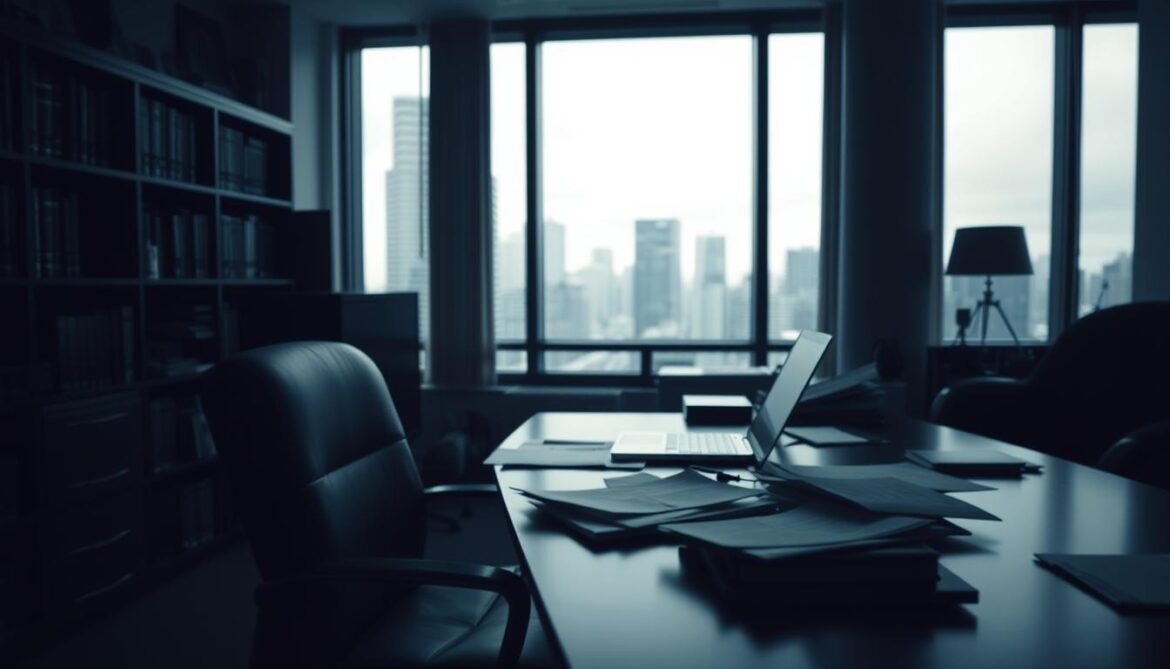Did you know over 80% of Canadians carry devices capable of capturing images or audio at any moment? While technology empowers creativity, it also raises critical questions about privacy rights. In Canada, your actions with these tools could unintentionally breach criminal statutes if misapplied.
The legal framework here hinges on where and why you document others. Public areas generally permit casual use of cameras, provided no harassment occurs. However, private settings—like homes or changing rooms—carry strict rules. Secretly filming someone there could lead to voyeurism charges under the Criminal Code, punishable by up to five years imprisonment.
Even in open spaces, persistent documentation causing fear or coercion might trigger harassment allegations. Courts assess whether subjects had reasonable expectations of privacy or felt threatened by your conduct. Context matters: a tourist snapping street scenes faces different scrutiny than someone targeting a specific individual.
Understanding these distinctions protects both your creative freedoms and others’ dignity. Whether you’re securing property or producing content, knowing where the line sits helps avoid costly legal battles. Let’s explore how to navigate this complex terrain responsibly.
Overview of Canada’s Legal Framework for Video Recording
In Canada, your right to record others isn’t absolute—context determines legality. The Criminal Code acts as the backbone for distinguishing lawful documentation from criminal acts. Three specific provisions shape this landscape:
Criminal Code and Privacy Laws
Section 162 tackles voyeurism when someone reasonably expects privacy. Harassment under Section 264 applies if your actions make others fear safety. Section 423 addresses intimidation through persistent monitoring. These laws create overlapping safeguards against misuse of modern tools.
Contextual Use: Public vs Private Spaces
Public areas like streets allow casual photography under most circumstances. However, targeting individuals repeatedly could breach harassment statutes. Private settings demand greater caution—recording in bathrooms or bedrooms often violates privacy expectations automatically protected by law.
The legal framework balances societal interests. While no statute outright bans public documentation, judges examine intent and impact. A parent filming playground activities faces different scrutiny than someone tracking a stranger’s movements daily.
video recording without consent canada: Key Legal Considerations
When does pressing “record” cross into criminal territory? Canada’s legal system evaluates documentation activities through two lenses: privacy expectations and documentation intent. Your actions could shift from lawful to unlawful based on these factors.

Understanding Consent and Legal Boundaries
Consent isn’t a simple yes/no checkbox. Courts assess whether subjects reasonably anticipated privacy in their environment. For example:
- Filming crowds at a festival? Generally permitted
- Focusing on one person’s activities in their backyard? Potentially unlawful
Persistent documentation in public spaces might trigger harassment claims if your target feels threatened. As one legal scholar notes:
“The camera becomes a weapon when wielded to intimidate rather than inform.”
Private settings demand higher caution. Bedrooms, bathrooms, and changing areas automatically carry privacy protections. Capturing footage here without permission often meets voyeurism criteria under Section 162, regardless of your motives.
Three critical questions help gauge legality:
- Was the person in a space expecting confidentiality?
- Did your actions cause distress or fear?
- Could your footage be deemed sexually intrusive?
When uncertain, pause and reconsider. Legal boundaries exist to protect dignity while allowing responsible documentation. Consult a lawyer if your project involves sensitive scenarios.
Navigating Public and Private Space Recording
Your ability to document daily life hinges on recognizing where privacy protections begin and end. Courts assess whether a person could reasonably anticipate confidentiality based on their surroundings. This distinction determines whether your actions align with legal standards or risk criminal charges.

Public Spaces: Rights and Limitations
Parks, streets, and other open areas typically allow casual documentation. However, the Supreme Court’s R. v. Jarvis ruling clarifies that expectation privacy isn’t erased in crowds. Focusing on intimate body parts or persistent targeting of one person could breach harassment laws.
Three factors define acceptable public behavior:
- No deliberate invasion of personal boundaries
- No creation of fear or distress
- No sexual intent behind the activity
Private Spaces: Reasonable Expectation of Privacy
Homes, restrooms, and locker rooms automatically grant reasonable expectation privacy. Judges consider physical barriers like walls or locked doors as clear indicators. Even semi-public areas—think office cubicles or hotel lobbies—might qualify if people act privately there.
Key questions for private settings include:
- Was the location accessible to outsiders?
- Did the individual take steps to shield their activities?
- Would society view this space as confidential?
Balancing these elements helps avoid crossing into voyeurism territory. When in doubt, assume others value their privacy as much as you do yours.
Understanding Voyeurism and Its Penalties
Canada’s privacy protections take a particularly strict stance when personal dignity intersects with modern technology. Voyeurism represents a criminal act where documentation tools become instruments of exploitation rather than creativity.

Defining Voyeurism under Section 162
The Criminal Code outlines three situations constituting this offence:
- Capturing images where someone could reasonably expect nudity (like bathrooms)
- Documenting actual nudity or sexual activity
- Creating recordings for sexual gratification purposes
Landmark cases like R. v. Jarvis confirmed that focusing cameras on clothed intimate areas with sexual intent still violates the law.
Legal Consequences and Penalties
Convictions under Section 162 carry life-altering repercussions. Summary convictions may result in two years imprisonment or $5,000 fines. More severe indictable offences permit up to five years in prison.
All convictions require registration in the National Sex Offender Registry. This permanent record affects employment prospects, housing applications, and community relationships. Even first-time offenders face these consequences regardless of intent.
Three factors escalate charges:
- Use of hidden devices
- Distribution of material
- Targeting minors
Understanding these boundaries helps prevent accidental violations. Always consider how your actions might impact another person‘s sense of security and privacy.
Legal Implications of Recording Conversations
Canada’s laws treat audio documentation differently than visual captures. While cameras focus on actions, microphones intercept words—a distinction that carries specific criminal risks under Section 184 of the Criminal Code.

The One-Party Consent Exception
You can legally record conversations you participate in without informing others. This one-party consent rule lets journalists document interviews or employees preserve workplace discussions. However, third parties secretly capturing exchanges face charges for eavesdropping.
Three scenarios clarify this exception:
- Business calls where you’re involved
- In-person meetings you attend
- Voicemails left on your device
Section 184 and Eavesdropping Laws
Non-participants recording private conversations risk five-year prison terms. Courts define privacy based on participants’ expectations. A chat in a crowded café might not qualify, but whispers in a locked office likely do.
| Scenario | Legality | Penalty Risk |
|---|---|---|
| Recording your own call | Legal | None |
| Bugging a colleague’s desk | Illegal | Up to 5 years |
| Capturing public arguments | Case-specific | Possible fines |
Always ask: “Would others expect confidentiality here?” When documenting sensitive conversations, consult legal counsel to avoid crossing into criminal territory.
Balancing Privacy Rights and Criminal Offences
Canadian law creates a dual shield against privacy invasions through both criminal penalties and civil actions. Even if authorities don’t pursue charges, you could face lawsuits for violating someone’s personal boundaries. This layered approach ensures accountability across legal systems.

Intrusion Upon Seclusion and Civil Remedies
The landmark Jones v Tsige case reshaped privacy protections. Ontario’s court ruled that intentionally invading someone’s private affairs—when highly offensive to reasonable people—triggers civil liability. As stated in the decision:
“The tort addresses wrongful acts that strike at the heart of an individual’s dignity.”
This means victims can sue for damages even without criminal convictions. Judges weigh three factors:
- The sensitivity of captured information
- Whether the intrusion was deliberate
- How society views the privacy breach
| Aspect | Criminal Offence | Civil Claim |
|---|---|---|
| Legal Basis | Criminal Code | Tort Law |
| Burden of Proof | Beyond reasonable doubt | Balance of probabilities |
| Possible Penalty | Jail time | Monetary compensation |
In family disputes, courts often reject secretly obtained evidence. A parent documenting a spouse’s behavior might face double consequences: criminal charges and loss of custody arguments. Lawyers frequently see cases where one legal action triggers the other.
Understanding this balance helps you navigate risks. Always consult legal professionals before documenting sensitive situations—your actions could echo through multiple courtrooms.
Expert Legal Defence and Guidance for Your Case
Facing charges related to documentation activities? Immediate action matters. Over 30% of privacy-related cases hinge on technical legal arguments that require specialized expertise. This is where skilled criminal defence lawyers become your strongest allies.
When to Seek Professional Legal Advice
Contact a lawyer immediately if authorities investigate your documentation practices. Early intervention often determines case outcomes. As Toronto-based defence specialist Mass Tsang notes:
“Timing shapes strategy. Evidence preservation and procedural challenges become harder as weeks pass.”
Three scenarios demand urgent counsel:
- Police request device access
- Receiving voyeurism charges
- Civil lawsuits alleging privacy breaches
Case Examples and Defence Strategies
Recent cases show how public interest defences succeed when documentation exposes safety hazards. One 2022 Ontario example involved a tenant filming hidden mold – charges were dismissed as the footage served community health interests.
Effective strategies often involve:
- Challenging privacy expectations in the recorded space
- Proving documentation served legitimate purposes
- Demonstrating proportionality in methods used
Remember: courts disregard motives. Even well-intentioned parties face convictions if technical elements are proven. Skilled lawyers convert complex legal thresholds into understandable arguments, protecting your rights while navigating Canada’s intricate justice system.
Conclusion
Modern technology demands careful navigation of privacy rights under Canadian law. Every documentation decision carries legal weight, particularly when balancing creative expression against personal boundaries.
Public areas allow casual use of devices, but targeting individuals risks harassment claims. Private settings require absolute caution – secretly capturing intimate moments often meets voyeurism criteria under the Criminal Code. Penalties here extend beyond fines to permanent criminal records.
Three principles guide safe practices: assess location-based reasonable expectation of confidentiality, avoid persistent monitoring, and document only what serves legitimate purposes. When uncertain whether your actions cross legal lines, consult legal counsel immediately.
Evolving court interpretations reshape this landscape annually. Staying informed protects both your interests and others’ dignity in our tech-driven society.

